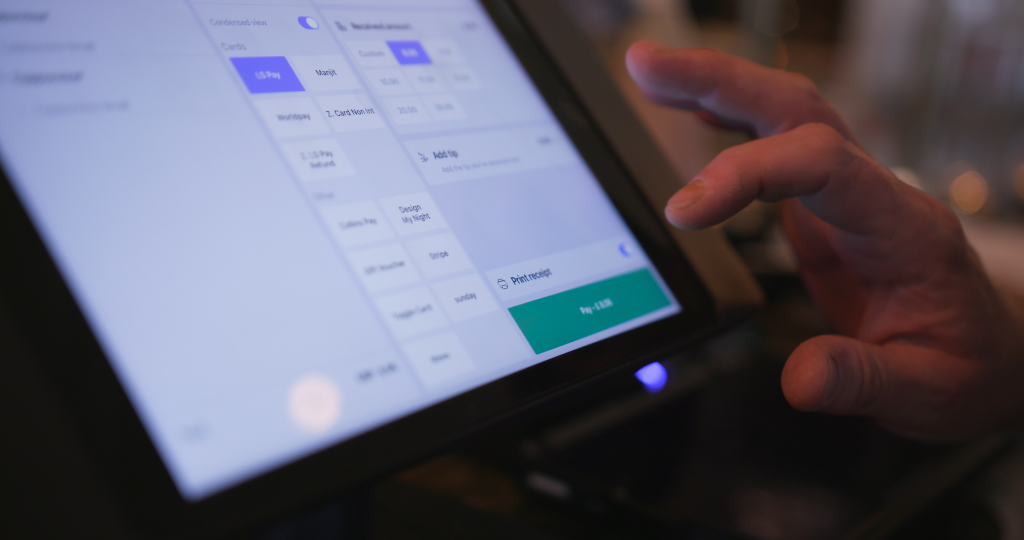- 73% of Brits are dining out once a month or more, with 27% dining out once a week or more.
- Coupon culture is thriving in restaurants with almost two-thirds (63%) of us taking advantage of coupons or meal deals to maximise cost savings.
- Other money-saving hacks include ditching bottled water for tap water (22%), forgoing alcohol (20%), and taking leftovers home (19%).
- QR menu codes face strong resistance: almost nine in ten (85%) prefer physical menus, 31% ‘hate’ QR menus.
With dining costs on the rise, Brits are getting creative to save their hard-earned cash when eating out, according to the latest research from Lightspeed Commerce Inc. the one-stop commerce platform empowering merchants to provide the best omnichannel experiences.
Lightspeed’s latest consumer survey, which asked over 7,500 respondents globally, with 1,000 being in the UK, reveals some silver lining for the restaurant industry: 56% of respondents said they will either continue to dine out at the same rate or increase going out in the next six months. That being said, consumers are certainly looking at how best to stretch their pennies, with nearly two-thirds (65%) of UK diners reporting higher meal prices, and nearly a third (32%) noticing their favourite dishes are shrinking in size—meaning the common term referred to as ‘shrinkflation’ doesn’t just apply to our beloved chocolate bars.
With 73% of respondents dining out at least once a month, and 27% dining out once a week or more, Brits are taking advantage of any deals possible, even more so than their European counterparts. A savvy 36% are choosing value meals, with 27% using coupons, and 24% making the most of happy hour specials and loyalty programmes. Many are also skipping the extras, with 32% passing on dessert, and 20% forgoing alcohol to keep their bill totals in check. Almost a quarter (22%) are ditching bottled water for tap water, with nearly a fifth (19%) opting to take their leftovers home to get the most out of their meal.
“Value is certainly top of mind for restaurant diners at the moment. Things like tap water over bottled, less alcohol with a meal and taking a doggy bag home at the end of the night are becoming the norm. Restaurateurs need to adapt to an environment of cost-savings, but also perceived value to encourage repeat visits,” said Dax Dasilva, CEO and Founder of Lightspeed.
Being aware of the financial pressures on friends too, over a third of Brits (34%) are happy to dine alone, whilst taking the opportunity to catch up on emails and texts (42%), as a moment for peace and quiet (37% or to people watch (37%).
When it comes to tipping, over half of people (56%) say that tipping should not be expected for food delivery services, in coffee shops or if you order at the counter. If they do pay a tip, over half (58%) of people feel pressured to tip, citing reasons including not wanting to look cheap, it’s easier to use the default option, or they don’t know how to tip a different amount. Nearly a quarter (24%) have noted an increase of automatic tipping in the past six months, with 19% tipping smaller amounts recently. Expectedly, some 81% agree that they should be able to decide the amount they want to tip and not be prompted with auto-tipping options.
Since the pandemic, the use of QR code menus shot up substantially in a bid to keep everyone safe from COVID-19, but the backlash against QR code menus is evident. While 21% of respondents appreciate their hygiene benefits, nearly nine in ten (85%) would rather flip through a physical menu, especially at fine dining spots where this jumps to 93%. Some 31% say they categorically ‘hate’ QR code menus, and a quarter (22%) grumble that the text on digital menus is just too tiny to read. This is not just a UK trend but one that sits across the globe, with over a third (35%) agreeing in a sense of disdain for using QR codes while dining out.
“Technology on its own, does not necessarily provide a better customer experience,” said Dasilva. “Restaurants should think holistically about how best to integrate customer preference and technological innovation to create a unique dining experience. The use of QR codes is not inherently negative. They can be extremely useful in the case of at-table payments, or quick ordering; it’s more about understanding how QR can benefit the diner. By staying adaptable and responsive to changing consumer preferences, restaurants can not only survive but also thrive in the current landscape.”



